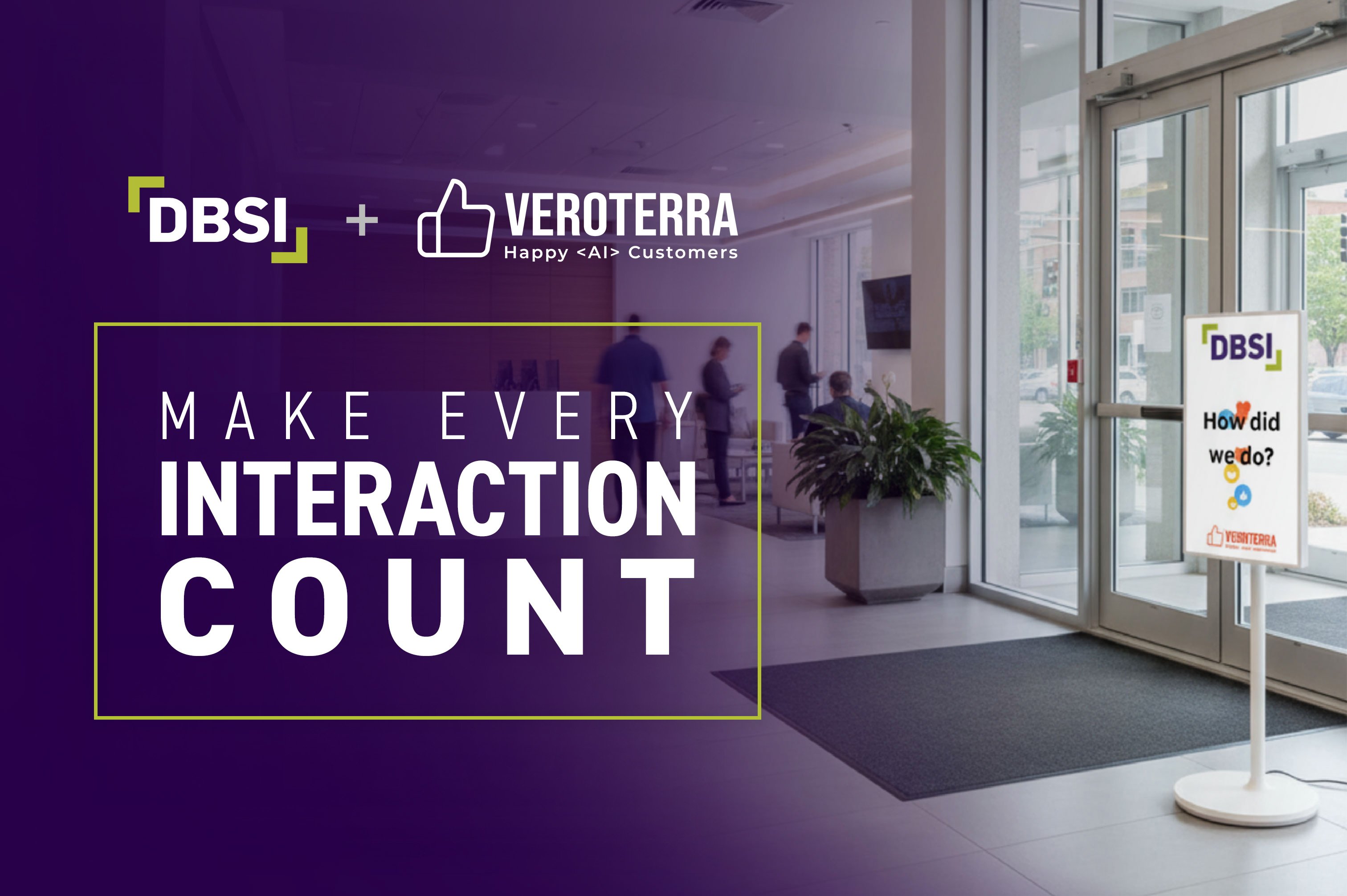
In this banking transformation comparison, you’ll discover the basics of two popular construction methods plus their advantages and disadvantages.
When it comes to beginning a bank or credit union transformation project, deciding where to start can be a little overwhelming. You know that in order to meet future profit and sustainability goals, you’ll not only have to have a modernized physical location, but you’ll have to make sure it’s equipped with the latest technology too.
This is where DBSI comes in. Our design-build team is here to create a construction plan that’s best for your staff, your budget, and your timeline—not someone else’s. We start every project by helping you decide which delivery method to use for your transformation and then we guide you through the process with our 6d approach and no guesswork.
Now that we’ve introduced ourselves and what we do, it’s probably time you learn a little more about the two most widely used construction methods in the U.S. today…
What is Design-Build? 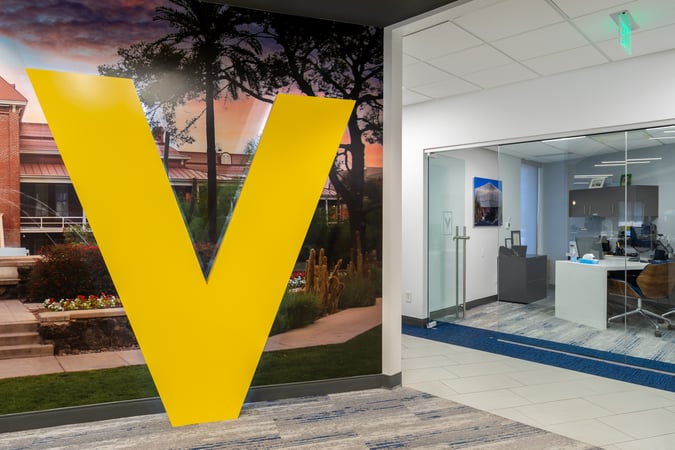
Design-build is a construction method in which a project owner hires a single entity to complete a project’s design and construction under a single contract. Elements of the project can be done by the entity or subcontracted to other companies, with the entity bearing 100% of the project’s risk.
With this method, the design and construction phases can occur simultaneously, and it’s up to the single entity to collaborate with designers, builders, and tradespeople from beginning to end.
At the start of a design-build project, the owner typically approaches various design-build firms with design ideas and then requests proposals. Unlike design-bid-build, this method does not collect bids for contractors, and the design elements do not have to be signed off in entirety before construction.
Benefits of Design-Build
Because a design-build project has just one contract, all parties involved in the project work with the same objectives, which helps streamline the construction process. This lowers the chance of conflict among project participants and frees the owner from having to handle associated managerial and legal aspects.
It’s also important to realize that with the design-build method, material ordering and construction can start during the design phase, so completion times tend to be faster than with the design-bid-build method.
Here are some additional benefits you might like:
- Realistic project costs are available during the design phase.
- Price is transparent throughout the project.
- There are often fewer disputes among owner, designer, and builder since the project involves one lead person who serves as a single point of contact.
- Fewer change orders.
Drawbacks of Design-Build
Choosing the design-build method means that an owner puts responsibility into the hands of the design-build contractor for the entire project, so a significant amount of trust is required. If the contractor does not meet expectations, the project can become costly and time-consuming for the owner.
DBSI and the Design-Build Process
As a design-build firm that’s delivered over $1 billion in banking products and services to financial institutions across the U.S., we at DBSI like to think that we’ve got all the construction steps down pretty well. Our 6d design-build approach breaks the construction process out into six easy phases and assures clients that their projects are completed efficiently, within budget, and professionally. We have a talented team of designers, estimators, pre-construction specialists, visual artists, and production managers ready to work with you on your project.
Want a sneak-peek at some work we’re really proud of? Check out a few of these design-build projects!
- Vantage West Credit Union, Branch Network Transformation, Arizona

- First United Bank and Trust, Branch Transformation, Maryland
- TruWest Credit Union, New-Build Branch Transformation, Arizona
Learn more about the 6d process! Get your free 6d for Dummies branch transformation guide here.
What is Design-Bid-Build?
Design-bid-build is a construction method in which a project owner works with a professional designer or architect and a general contractor under separate contracts. As you can assume by the name, there are three phases involved: design, bid, and build.
In the initial stages of this construction method, the owner works with a designer to develop project specifications, drawings, and plans. The design is then finalized, sent to contractors, and bids are solicited. After receiving bids, the owner chooses which contractor to work with, finalizes the contract, and approves construction.
Benefits of Design-Bid-Build
An owner typically has a greater level of control over this construction method since they are able to select and work with both the designer and the general contractor. With these oversight capabilities, the owner also has the ability to choose materials and construction methods. And because the bidding process is public, an owner will see competitive pricing that can meet the organization’s budget requirements.
Some added benefits to think about:
- The design team and contractor teams have more autonomous roles.
- Each stage of the process is well-defined, as a new stage cannot begin without another being completed.
Drawbacks of Design-Bid-Build
Time can be one of the biggest restraints related to design-bid-build since a project’s design must be approved before it can be sent out for construction bids. After that, the bidding process often takes two to four weeks to complete and then the owner still needs to select a contractor to do the construction. Another thing to consider is that bids may come back unsatisfactory, which could prompt a redesign and re-bidding process which can further extend a project’s timeline.
An owner also must supervise both the designer and the contractor during all phases of their construction method, so the responsibility can be a challenge for an organization without the time or resources to handle project oversight.
DBSI and the Design-Bid-Build Method
If you have preferred local contractors and because of it you’re thinking about going the design-bid-build route, keep in mind that you can still choose those contractors if you hire us at DBSI for design-build. We can incorporate your contractors into our bidding process and proposal so they stay included in your master plans. This actually removes the risk and responsibility from you while still giving them business.
Questions to Ask Potential Design-Build Partners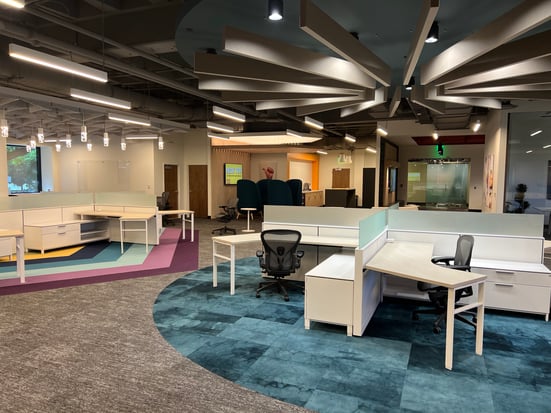
- What is your experience with design-build for financial institutions?
- Are you licensed, insured, and able to acquire all necessary permits?
- Can you show me some projects similar to the one I’m proposing?
- What is your history with keeping projects on schedule and within budget? Can I see references?
- What will the process look like from start to finish?
- Can I bring in contractors of my choosing, or do you only work with preferred contractors?
- Who will be the project lead, and who will assist the lead?
- How will you communicate with my staff and me during the design and construction phases?
- What time commitments do you need from my staff and me during the design and construction phases?
- If we hire you, how soon can you start our project?
Moving Ahead With Your Branch Transformation Project
After learning more about design-build and design-bid-build, you’re likely much closer to knowing which method is going to work best for your financial institution in the future. Whichever you’re leaning toward, reach out to us at DBSI for a brief strategy session. We can walk through our discovery steps and help you determine how the design-build method works with your next project!
Together, let's bring the vision for your future to life!
Through DBSI’s carefully curated professional service programs, we can help shift your staff’s culture, processes, job descriptions, and so much more.

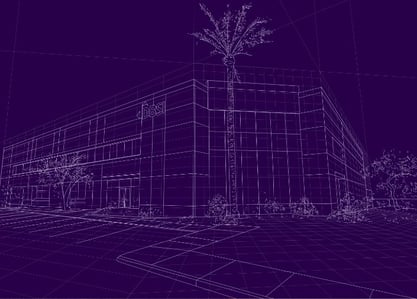












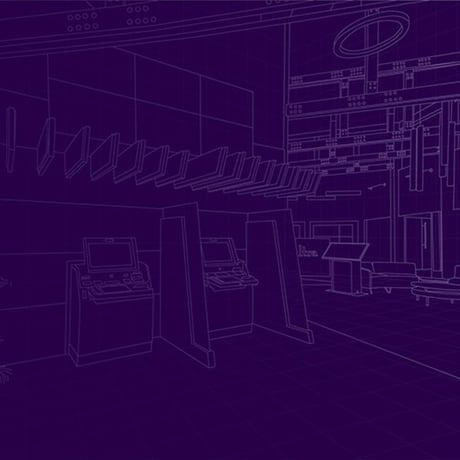
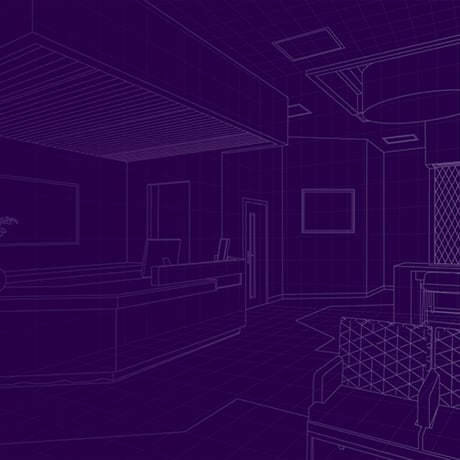

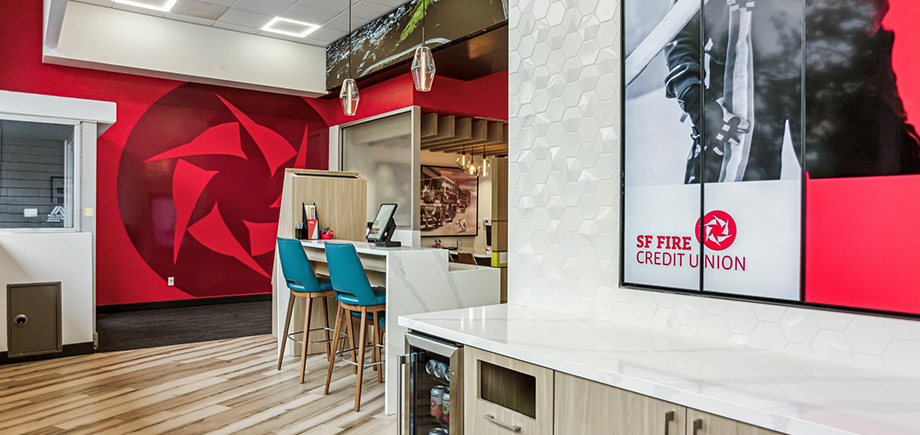
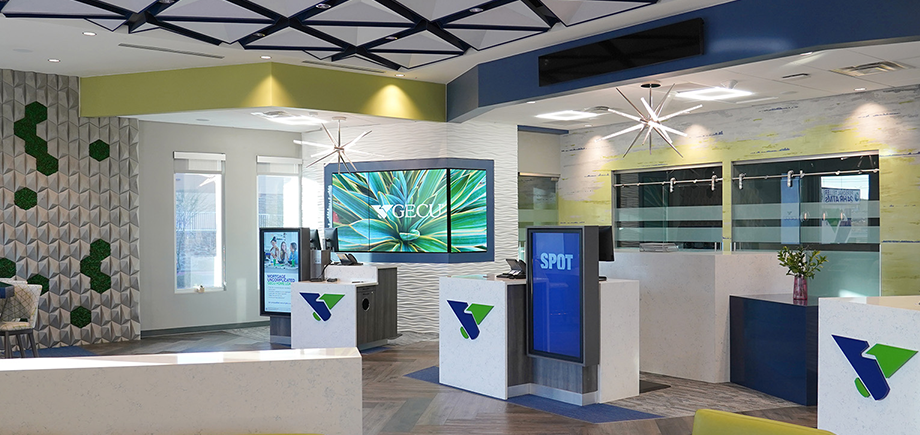





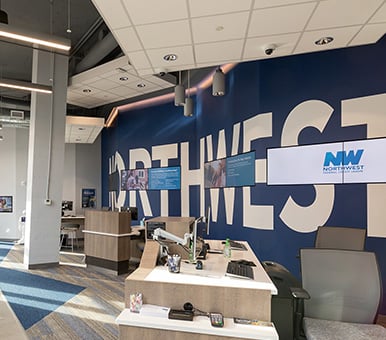
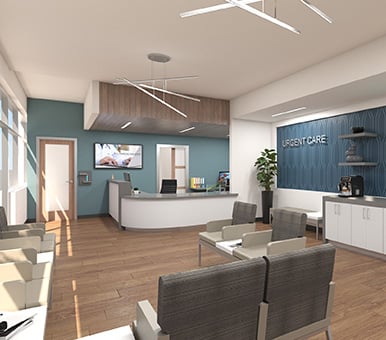







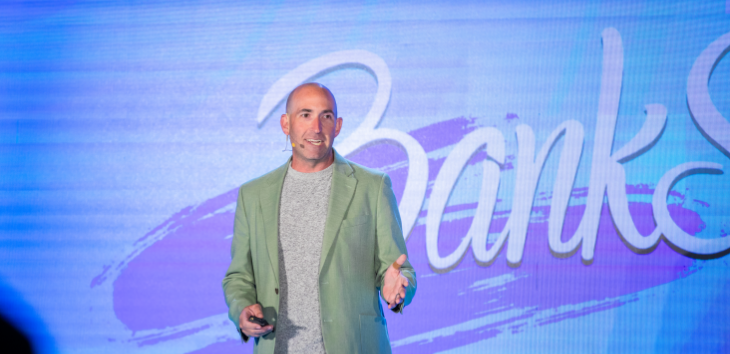

 Brian Silvester
Brian Silvester
-1.png)
-4.png)
